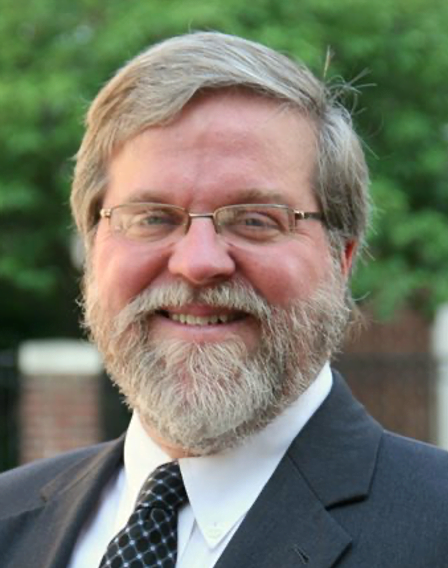The text of our hymn of the day, “All My Hope on God Is Founded”, was written in 1680 by Joachim Neander (“Meine Hoffnung stehet feste”). Neander was the first important hymn-writer of the German Reformed Church and his texts were quickly received into Lutheran hymnbooks. Today’s hymn was later translated into English by Robert Bridges who would later become a British Poet Laureate.
The original tune was a German chorale melody named Meine Hoffnung (from its German text). This tune was also used as the principal choice for the Methodist Hymns and Psalms book of 1983.
In 1930, Dr Thomas Percival (TP) Fielden, director of music at Charterhouse School , sent Bridges’ text to a friend, composer Herbert Howells , requesting Howells compose a new setting of the hymn for use at the school. Howells received the request by post one morning, in the middle of breakfast. Almost immediately a tune suggested itself to him and the hymn was apparently composed on the spot (in the composer’s words) “ while I was chewing bacon and sausage.” The completed setting, titled A Hymn Tune for Charterhouse, was sent to Fielden, and became a regularly used hymn at the school.
Fielden was one of the editors of The Clarendon Hymn Book, and when that book was published in 1936 he chose to include the hymn. Howells’ son Michael had died in childhood the previous year, and in tribute Howells rechristened the tune MICHAEL. The hymn’s popularity increased in consequence as it became more widely known, though its use remained largely confined to public (independent) school use in Britain for the next thirty years or so.
Its popularity began to spread in 1969 when it was included in the “100 Hymns for Today” supplement of the Hymns Ancient and Modern , one of the standard Church of England hymnbooks of its day. The Methodist church included it (albeit as second choice) in the 1983 Hymns and Psalms, and it was the main choice in the 1986 New English Hymnal. It has subsequently appeared in many hymnbooks across the English- speaking world in all denominations.
Our closing hymn, “Holy, Holy, Holy” by Reginald Heber (1783-1826), is unique in many regards. Indeed, it spans many Christian traditions and centuries, unifying them in four timeless stanzas. Not only that, but Heber was an Anglican bishop whose ministry spanned continents and races, placing him as one of the heroes of the Christian faith. Congregations continue to be inspired by Heber’s text in the twenty-first century.
What makes this hymn so special? First, the rhyme scheme is unique since all four lines of each stanza rhyme with the word “holy.” One won’t easily find another hymn written this way. Another reason why “Holy, holy, holy” is such a timeless hymn is its pairing with the well-known tune NICAEA. Written by John Bacchus Dykes (1823-1876), NICAEA has a unique elegance and magnificence, which in turn complements Heber’s stately language. There’s no cheap emotionalism and subjectivity apparent in the music or the words. Named after the Council of Nicaea, where the nature of the Trinity was shaped theologically, NICAEA is also a classic example of Victorian hymn tune writing, notably with its solid harmonies and subtle chromaticism.


